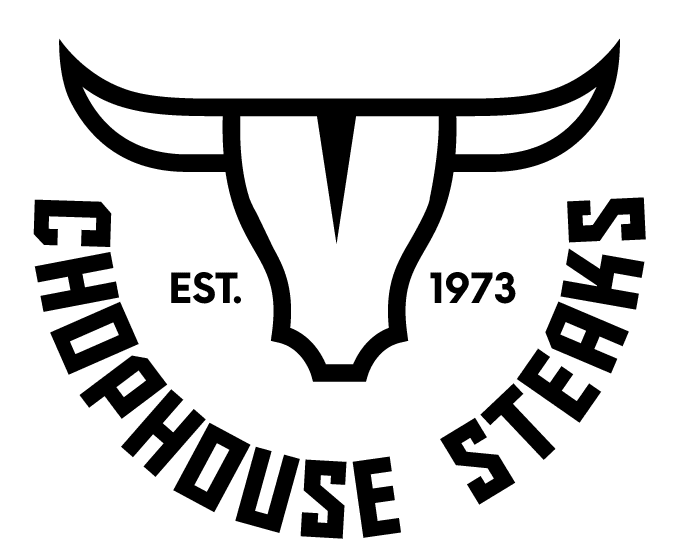Lovers of beef are often curious about where the major cuts of beef come from on the cow. Learn more about the location of your favorite beef cuts, like chuck, rib, loin, brisket and the various steak cuts. Knowing this enables you to make great menu choices and also improve your cooking techniques of the different cuts. You’ll also discover which cuts are considered the best and what the most reliable ways are to cook each one. If you’ve ever wondered this, you’re not alone. Read here to find out more.
Primal Cuts
Beef is divided into big sections called primal cuts. Primal beef cuts, or “primals,” are broken down further into subprimals, or what we call “food-service cuts”, which are then chopped into individual steaks, roasts, and other cuts for retail.
There are eight primal cuts:
- Chuck – a lean, non-fatty cut that can be tough, so requires longer cooking times.
- Rib – consists of racks of ribs which are great on the barbecue and rib eye steaks which are great pan seared or oven baked. Ribeye steak is considered one of the premium cuts of steak due to its balance of muscle and fat, creating flavor and juiciness.
- Loin – Because the loin is located directly behind the ribs, It’s not a heavily used muscle, making loin very tender. The loin primal cut comprises two main parts: sirloin and short loin. Sirloin is considered best for grilling, while short loin should be grilled or fried. The more common short loin cuts include NY strip, T-bone, porterhouse, tenderloin and strip loin.
- Round – is an inexpensive, lean cut. It can be quite tough so do some research before attempting to cook it; it often requires high heat cooking (like top, bottom and eye round portion cuts), or slow-cooking (like rump and eye roast).
- Flank – is flavorful but tough. Its leanness has led to an increase in demand. You can get either flank steak or skirt steak; both are best grilled at high heat.
- Brisket – comes from the cow’s breast and is a perennial barbecue favorite. People love to prepare it low and slow to make the most of its fatty, tough texture. It should always be tenderized and marinated before slow-cooking to soften it up.
- Shank – is arguably a tough and inexpensive cut of beef, known for its sinewy dryness. It is best cooked for a long time in moist heat, for example in a stew.
- Short plate – these cuts are found near the cow’s stomach, making them tough and fatty. You will often find skirt steak, hanger steak, beef bacon, pastrami, short ribs and ground beef from this primal cut.
Beef Front Quarter vs Hindquarter
When a cow is sectioned, it is cut lengthwise; each side is then halved between the 12th and 13th ribs. These are known as the forequarter (front quarter) and the hindquarter (back). The most succulent cuts of beef are those with the greatest distance from the “horn and hoof”. Look at a beef cut diagram for clarity.
The hindquarter is more expensive, but it contains a lot of the different cuts of steak people love, while the front quarter is more affordable as it doesn’t have those premium steaks.
What are The Best Cuts of Meat From a Cow?
The term ‘best cuts’ really should be used as part of best cuts for roasting or best cuts for grilling, etc. However, if it’s steak you are asking about, We offer a variety of the best cuts available anywhere, and the consensus is that rib eye, New York strip, tenderloin (known as filet outside of North America) and top sirloin cap are the best cuts for a steak.
What are you waiting for? For a superior selection of the best cuts of beef, peruse the Chophouse Steaks online butcher shop today.

